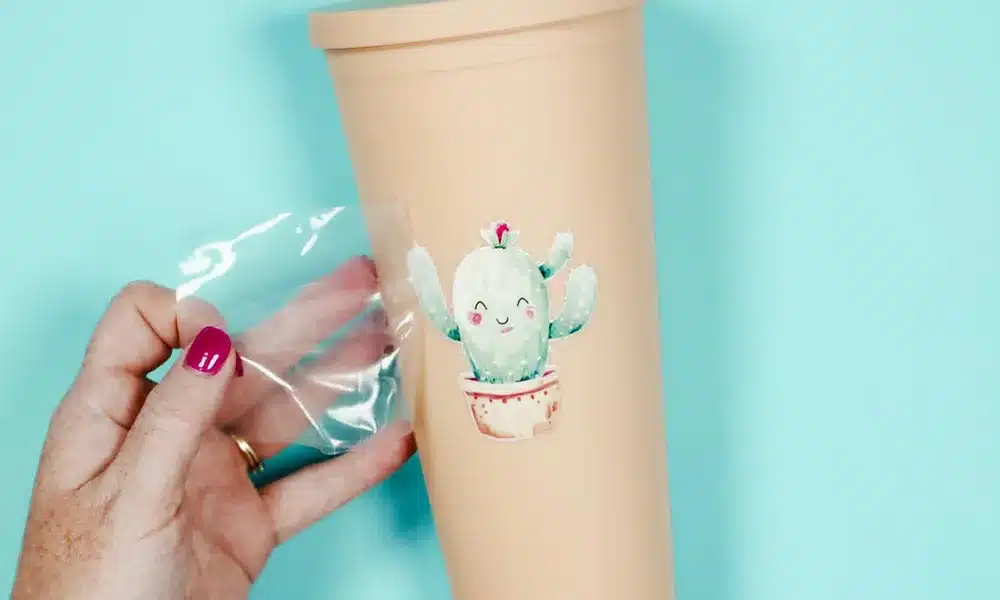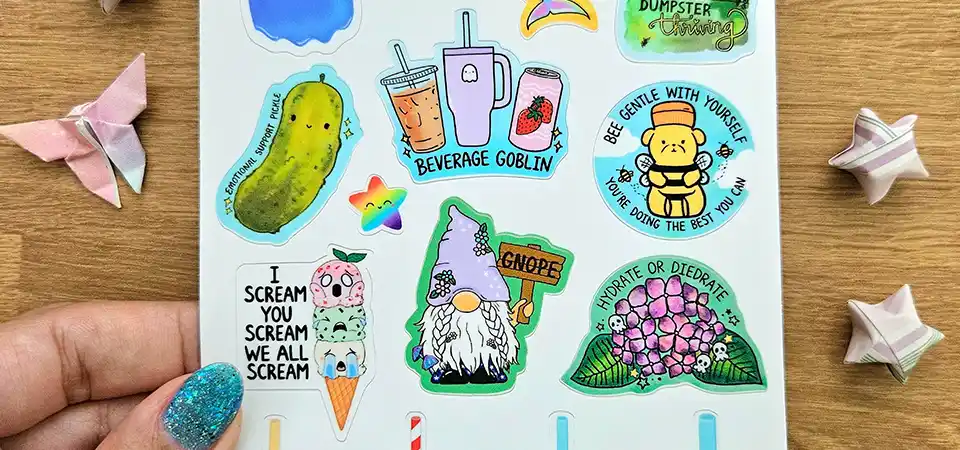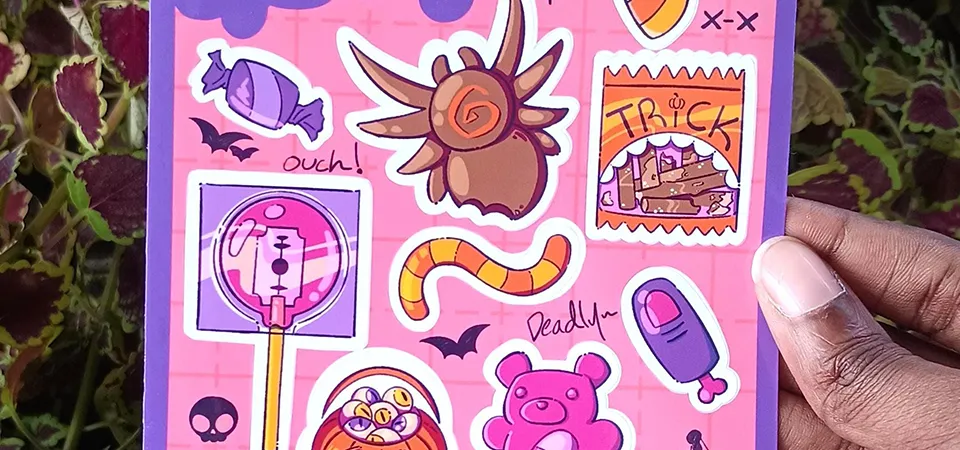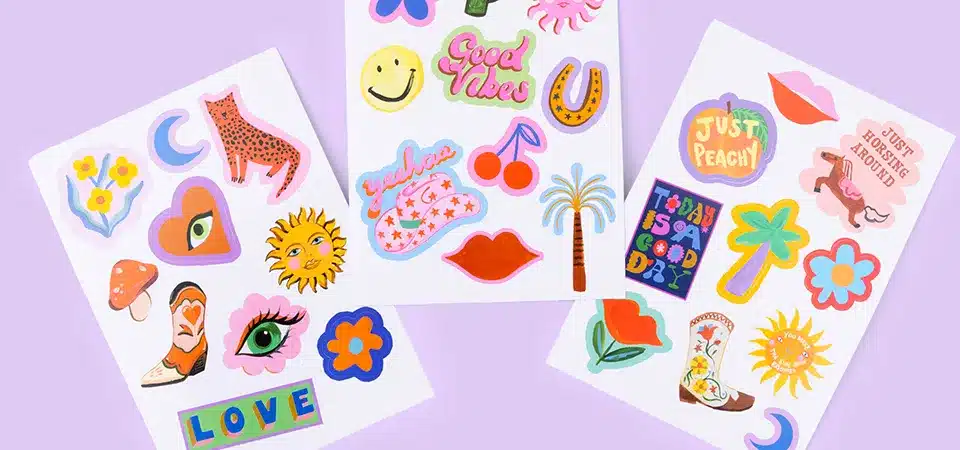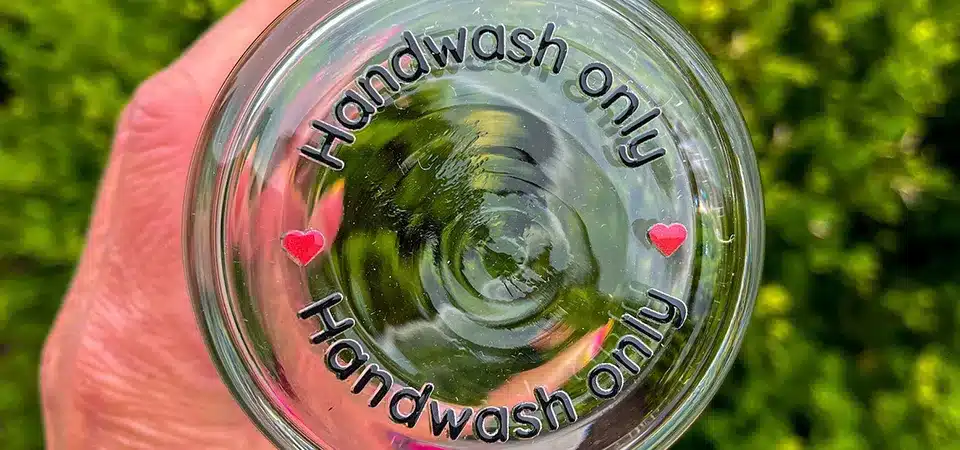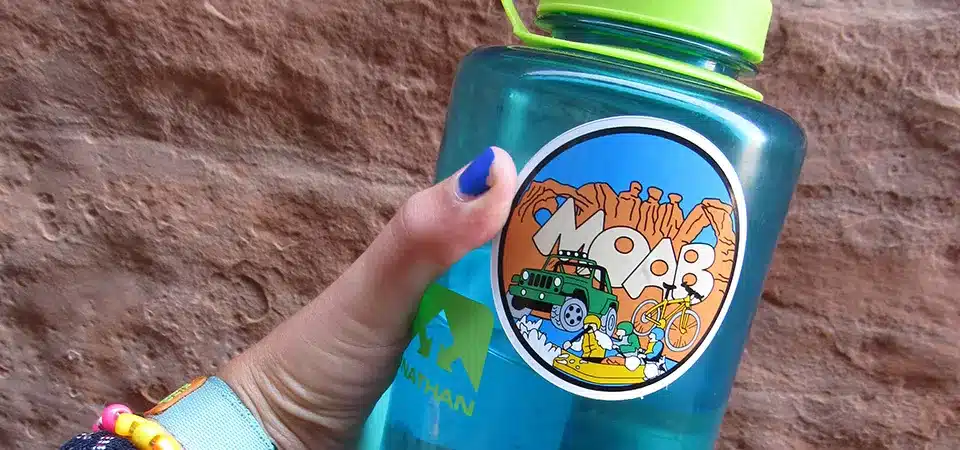As a factory that's been focused on sticker printing and export for over a decade, we talk to purchasing managers, brand owners, and eCommerce sellers from all over the world on a daily basis. And they all share the same challenge: How can I make my cup branding look more premium—without blowing the budget? Our answer: Cold Transfer Stickers.
This isn’t your average sticker. And it’s definitely not the kind of high-maintenance process that requires heat and pressure like hot stamping. Cold Transfer is a “cold-processed” metallic foil transfer method that delivers a luxury, metallic finish—without the expensive machines. It works great on plastic cups, paper cups, and even eco-friendly PLA materials. In this article, I’ll walk you through how it works, where it shines, and how to use it in your supply chain.
This article isn’t just a tech explainer or a sales pitch. It’s written for you—a purchasing manager juggling timelines, budgets, and the pressure to make your product stand out. We’ll break down whether this technology is worth investing in, which products it suits best, and how to avoid costly mistakes in design and mass production. If you’re on the hunt for real-world insights (and maybe your next big idea), you’re in the right place.
What Are Cold Transfer Stickers?
Cold Transfer Stickers—also known as “cold foil transfers” or “cold stamping labels”—are a metallic foil application technique that transfers design onto surfaces without heat. The biggest benefit? It works beautifully on heat-sensitive materials like PP plastic, PLA biodegradable cups, and disposable paper cups.
Instead of using high temperatures like traditional hot stamping, Cold Transfer relies on pre-applied adhesive layers and pressure to achieve sharp, reflective finishes like silver, gold, rose gold, or holographic foil.
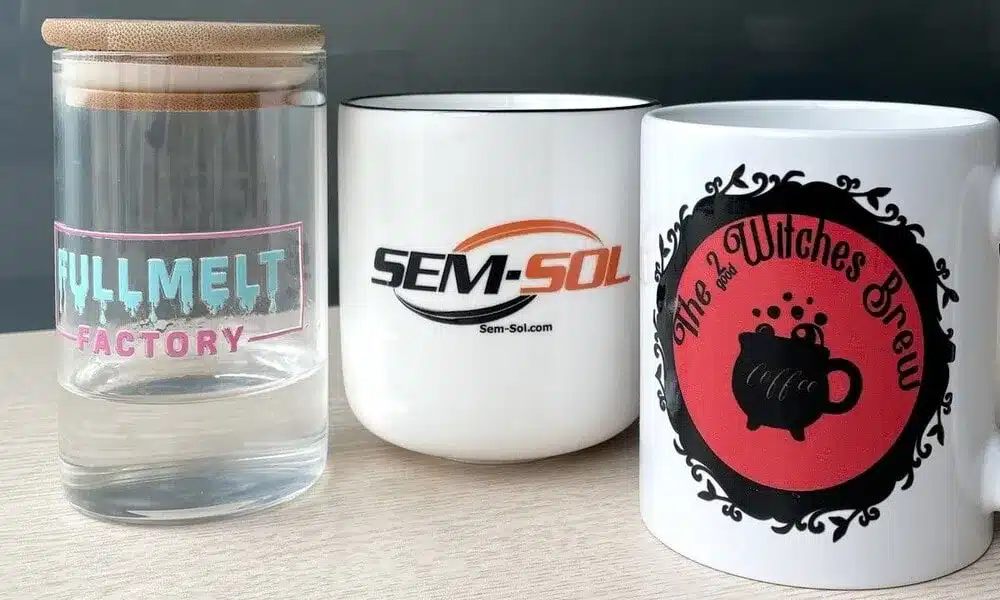
How Are They Compare to Regular Stickers and Hot Foil Stamping?
Visual Impact
- Regular Stickers: Printed ink with matte or gloss finishes. Budget-friendly but looks basic.
- Hot Foil Stamping: Uses heated molds and pressure. Very shiny but not compatible with plastic cups.
- Cold Transfer Stickers: Delivers metallic shine (silver, laser, chrome, etc.)—no heat, no mold.
Application & Cost
| Feature | Regular Stickers | Hot Foil Stamping | Cold Transfer Stickers |
| Requires Heat | No | Yes (130–180°C) | No |
| Needs Mold | No | Yes | No |
| Compatible Materials | All | Paper, glass, leather | Plastic, paper, PLA |
| Best Use Cases | Promo gifts, ecommerce | High-end boxes | Branded cups, retail packs |
| Flexibility for Small Orders | High | Low (due to mold cost) | Medium to high |
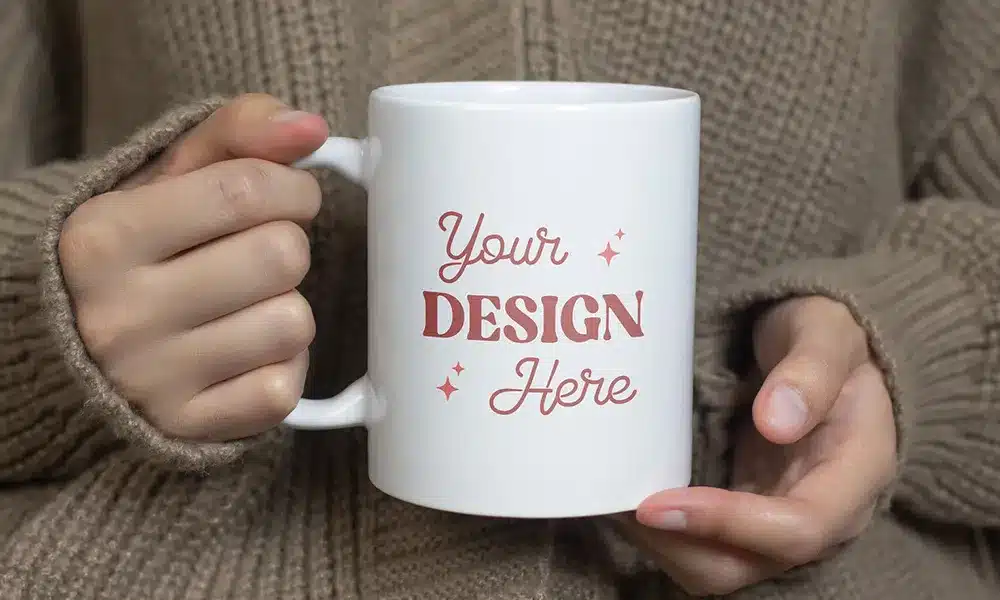
Which Cup Materials and Use Cases Are They Best For?
Common Cup Types
- Paper Cups (for hot or iced drinks)
- PET Plastic Cups (juices, smoothies)
- PP Plastic Cups (to-go beverages)
- PLA Eco Cups (for sustainable brands)
- Glass Cups (only for non-heated use)
Use Cases
- Custom gift cups for online sellers
- Coffee & milk tea chain branding
- Holiday limited-edition cups
- Collab/Influencer design cups
- OEM for export or wholesale packs
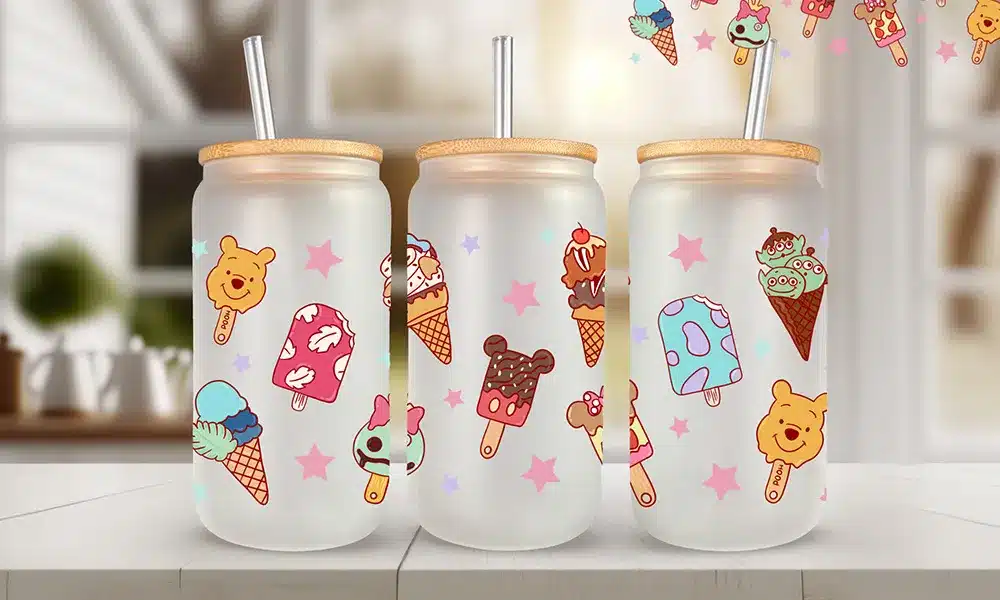
Why Purchasing Managers and Exporters Love Them
Predictable Costs: No molds or tooling costs means you don’t pay upfront for things that might change later. Design and test as needed.
Flexible MOQs: We offer sampling from just 500 units—perfect for market testing. Once you scale, we can deliver tens of thousands at stable pricing.
Easy to Integrate into Existing Productio: No heat press machines required. You can use a semi-auto labeling machine—or even just do it manually for small orders.
Premium Look, Without the Premium Headach: Gold, silver, rose gold, holographic—match the look of top-tier brands without their production complexity.
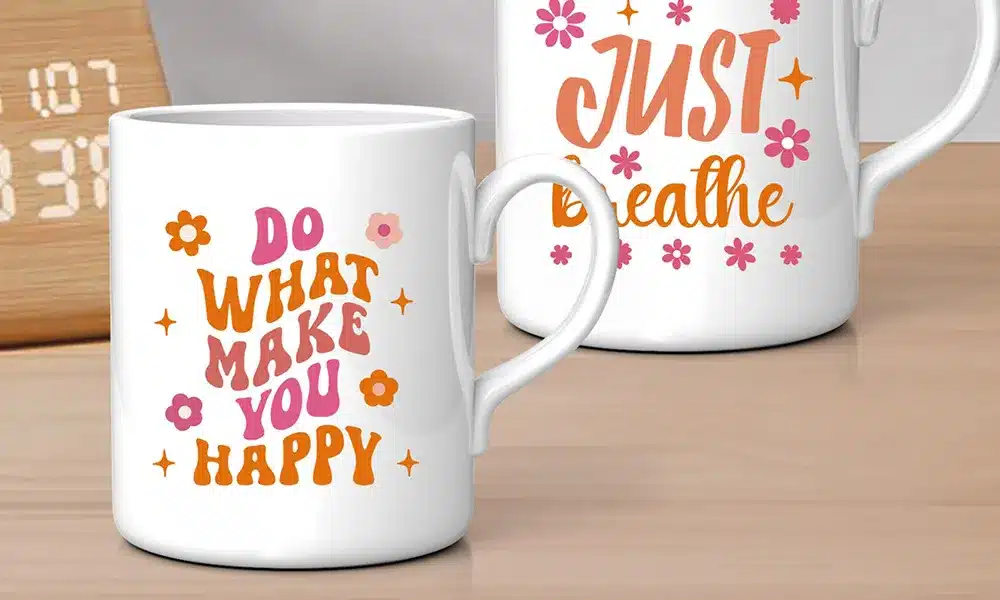
Costs, MOQs, and Production Timelines
| Item | Details |
| MOQ | 500 pcs, with full logo customization |
| Unit Cost | $0.03–$0.15 (depends on size and design) |
| Lead Time | 500–3,000 pcs: 5–7 days |
How the Cold Transfer Process Actually Works
- Design is printed onto PET release film with adhesive + foil layers
- Surface is protected with a wear-resistant coating
- Customer receives rolls or sheets of stickers
- Stickers are applied to cups with pressure (manually or with machine)
- PET film is peeled off, leaving only the metallic design on the cup
While it sounds simple, precise adhesive, pressure, and release tension are key. Our factory has fine-tuned this through hundreds of successful projects.
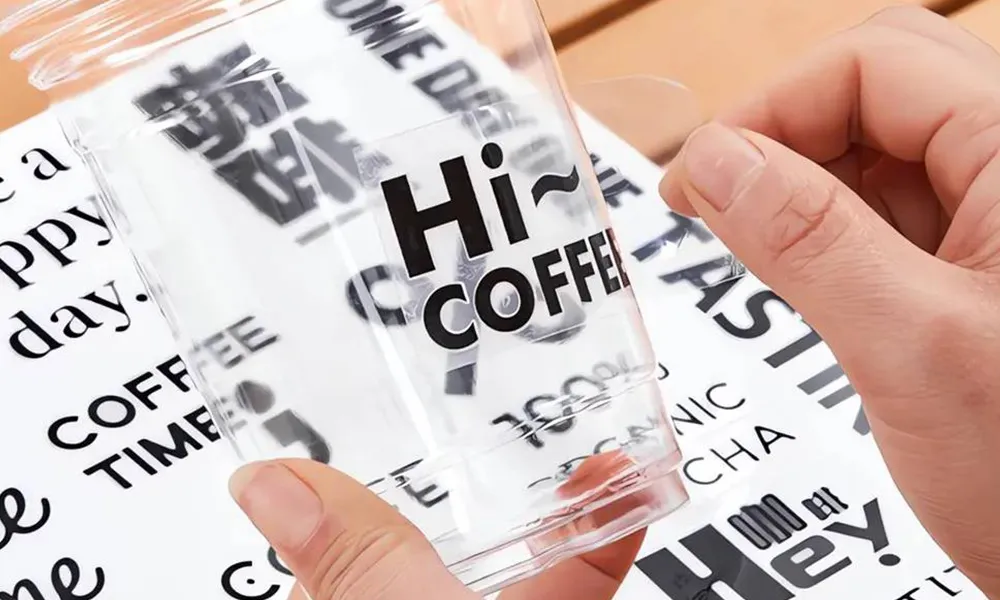
Quality Control: Adhesion, Waterproofing, and Consistency
We use food-safe adhesives certified by FDA and SGS, safe for cup exteriors that come into hand contact.
Our QC Process Includes:
- Peel Test (3M tape method)
- Friction Test (manual rub + sandpaper)
- Water Resistance (24h soak + hot/cold cycles)
- Color Accuracy (batch consistency < ΔE 1.5)
We’ve achieved <0.2% defect rate on 100K-unit runs.
Real Client Case Study
A German coffee brand first tested 500 units of cold silver foil labels on PLA cups in 2023. After great feedback, they moved to 50K quarterly orders, selling primarily on Etsy and Amazon for Prime Day. They now ship 200K+ annually.
Their words: “Compared to hot stamping, this sticker method helped us save big on equipment costs, adapt fast, and stay flexible without sacrificing quality.”
Design Tips & Common Pitfalls to Avoid
- Use vector files (AI or CDR); avoid gradients and thin lines
- Keep line width > 0.5mm for clean transfer
- Avoid placing designs too close to cup curves
- Skip full-coverage prints—it’s costly and hard to apply evenly
FAQ
Is it waterproof?
Yes—resistant to water and oil. Great for hot/cold drinks. Not dishwasher-safe though.
Does it work on eco cups?
Yes. We’ve successfully tested on PLA and sugarcane paper cups.
Do I need a machine to apply them?
Nope. Small runs (<5,000) can be applied by hand. For 10K+ we recommend a labeling tool.
How is pricing calculated?
By area, number of colors, foil type, and quantity. More complex = slightly higher price.
Final Verdict: Is Cold Transfer Right for You?
If you care about great-looking branding, tight cost control, and scalable production, Cold Transfer Stickers deserve a serious look. They offer the best of both worlds—premium appeal and flexible execution—without the hurdles of hot foil.
Whether you’re a brand owner, sourcing agent, or factory-based OEM, this might just be your next best move.

